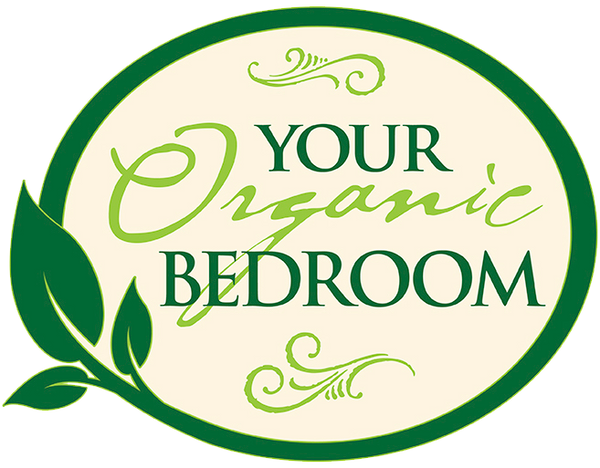
Where do most American’s come in contact with toxins?
The answer may surprise you. According to the Environmental Protection Agency (EPA), the inside of your home is host to a bevy of toxins and pesticides brought in by both the products we buy and the things we do. For example, just walking in from an outdoor area treated with chemical pesticides and re-tracking them in your home contaminates your living space. A simple solution? Remove shoes before entering your home. Just like that, there are simple and economical solutions to avoiding or reducing toxic exposure for your family.
While there are a multitude of environmental toxins, some expose more volatile organic compounds (VOCs) than others. Being conscious about the products containing higher VOC’s is a start to eliminating the toxic chemicals that could make your family sick.
First, a crash course in environmental toxins
The air we breathe day in and day out are saturated with volatile organic compounds, or VOC’s as they are commonly referred to.
VOC’s are organic chemicals that have a high vapor pressure and easily form vapors at normal temperatures and pressures. VOCs are emitted by a wide array of products. Emission sources include perfumes, printing inks, mothballs, gasoline, cleaning supplies, pesticides, newspaper, carpets and other building materials, pressed-wood furniture, air fresheners, solvents, glues and adhesives, sealants, cosmetics, office equipment such as copiers and printers, correction fluids and carbonless copy paper, tobacco smoke, permanent markers, and photographic solutions. All of these products can release VOC’s while you are using them, and, to some degree, when they are stored.
In the case of mattresses, VOC’s are emitted from the fibers, foams, adhesives, fire retardants, and other additives that are used in mattress construction. People are exposed to these gases intimately and continuously throughout the night as they are sleeping. This exposure subjects people to a variety of unanticipated health risks and reactions, especially in those who are particularly sensitive to chemical emissions. Most VOC’s have no discernable odor, color, or smell. So just because you do not smell it, it does not mean that your air is safe.
How can I reduce toxins in my home?
Becoming an informed consumer is the first defense in eliminating or reducing your contact with dangerous VOC’s. While it is impossible to completely reduce exposure to toxins in our environment, you can greatly reduce the amounts of chemicals in your home by using natural cleaning supplies, organic clothing, bedding, pillows, and mattresses, and reducing or eliminating VOC-containing materials in your home.
Since the average person spends a third of their life sleeping the best place to start is with an organic mattress made of all organic and natural materials and no fire retardant toxic chemicals. Also, consider buying carpets made of natural fiber like jute or wool. Or, go with bare floors, which is better for allergies (just make sure that the varnish or glue contains low or no VOC’s).
Re-evaluate what CLEAN really smells like. If you identify the smell of chlorine bleach as a clean smell, think again. The Environmental Defense Fund has stated that the trihalomethanes (THMs) found when chlorine is mixed with water is highly carcinogenic and responsible for the majority of human cancers in the United States. Switch to organic or natural cleaning products and laundry detergents. Seek out paints with no VOC’s. Eliminate artificial fragrances altogether. These simple changes will have a positive effect on your indoor air quality.
Becoming an informed consumer and making eco-friendly and healthy choices for our family and your home is not difficult with the amount of materials on the Internet. Other resources such as books at your local library, trade magazines, and local shops dedicated to eco-friendly and healthy living are all great sources to research information.
We do not believe toxins belong in the products you purchase. We only carry products from manufacturers dedicated to full disclosure in their product lists, and who get their materials from companies who do the same. We share your goal in protecting the health of your family and the environment.
